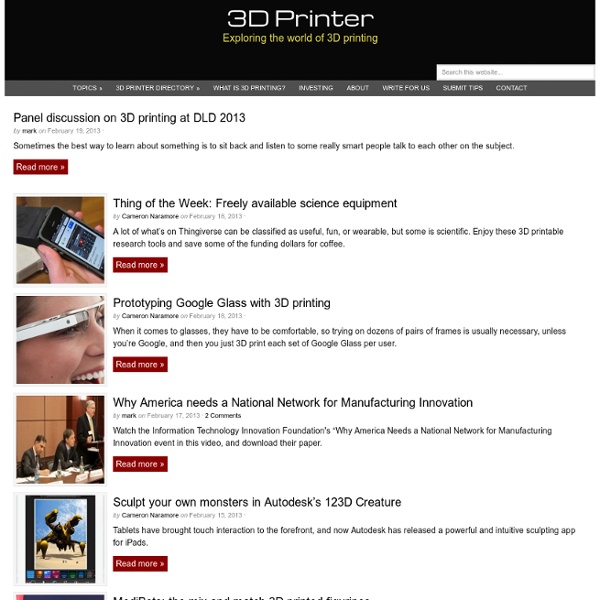



The Tkinter Canvas Widget The Canvas widget provides structured graphics facilities for Tkinter. This is a highly versatile widget which can be used to draw graphs and plots, create graphics editors, and implement various kinds of custom widgets. When to use the Canvas Widget The canvas is a general purpose widget, which is typically used to display and edit graphs and other drawings. Another common use for this widget is to implement various kinds of custom widgets. For example, you can use a canvas as a completion bar, by drawing and updating a rectangle on the canvas. Patterns To draw things in the canvas, use the create methods to add new items. from Tkinter import * master = Tk() w = Canvas(master, width=200, height=100) w.pack() w.create_line(0, 0, 200, 100) w.create_line(0, 100, 200, 0, fill="red", dash=(4, 4)) w.create_rectangle(50, 25, 150, 75, fill="blue") mainloop() Note that items added to the canvas are kept until you remove them. Concepts Canvas Items Coordinate Systems Item Specifiers: Handles and Tags tag x
orG is a simple, open source 3D printing program - ReplicatorG This is the software that will drive your MakerBot Replicator, Thing-O-Matic, CupCake CNC, RepRap machine, or generic CNC machine. You can give it a GCode or STL file to process, and it takes it from there. It's cross platform, easily installed, and is based on the familiar Arduino / Processing environments. ReplicatorG is used by thousands of MakerBot Operators, and has printed tens of thousands of 3D objects and counting. ReplicatorG 0040 Released November 14, 2012 ReplicatorG 0037 Released June 22nd, 2012 (RepRap5D users, please use ReplicatorG 34 for 5D when using 5D) New Features: ReplicatorG 0034 Released March 13, 2012 ReplicatorG 0033 Released Feb. 27, 2012 New Features: ReplicatorG 0029 Released Dec 11, 2011 Added 'Reset Defaults' for Print-O-Matic settingsAdded Mk6 and Mk7 defaults for Print-O-MaticUpdated and simplified some number parsingUpdated Onboard Parameters dialogAdded data to start.gcode and wipe to help users modifyChanged handling of JFormattedTextField New features:
Deezmaker Hershey's to make 3-D chocolate printer - Jan. 16, 2014 3D Systems will partner with Hershey's to make a machine that prints chocolate. NEW YORK (CNNMoney) 3D Systems (DDD) announced a deal with Hershey's (HSY, Fortune 500) Thursday to collaborate on developing a 3-D printer that makes chocolate and other edible products. In a statement, 3D Systems said making printers that print chocolate is a good way to help the relatively new technology go mainstream. "Whether it's creating a whole new form of candy or developing a new way to produce it, we embrace new technologies such as 3-D printing as a way to keep moving our timeless confectionery treats into the future," said William Papa, head of research and development at Hershey, in a statement. Related: This 3-D printer makes edible food There is no word as to when the magical device might be available or how much it might cost. 3-D printing allows people to print actual, tangible products instead of words on a page.
Researchers cloak free-standing 3D object using plasmonic metamaterials We've previously seen - or should that be "not seen" - invisibility cloaks in the laboratory that are able to render two-dimensional objects invisible to microwaves. Such feats relies on the use of metamaterials - man-made materials that exhibit optical properties not found in nature and have the ability to guide light around an object. Now researchers at the University of Texas at Austin (UT) claim to have brought invisibility cloaks that operate at visible light frequencies one step closer by cloaking a three-dimensional object standing in free space with the use of plasmonic metamaterials. Although, like previous studies, the UT team was only able to cloak an object to microwaves, they claim the technique enabled by the use of plasmonic metamaterials could, in principle, be applied to visible light. To cloak an 18 cm (7 in) long, 2.5 cm (0.9 in) diameter cylindrical tube from microwaves, the team shelled it in a plasmonic metamaterial.
Digital Design and fabrication Ponoko This 3D printer makes edible food - Jan. 24, 2011 An experimental 3D food printer "prints" frosting on a cupcake.By Laurie Segall, staff reporterJanuary 24, 2011: 10:11 AM ET NEW YORK (CNNMoney) -- A 3D food printer sounds like something out of Star Trek, but it's not out of this world. It's up and running at the French Culinary Institute in Manhattan -- and in five years, it could be in your home. As part of a project at Cornell University, a group of scientists and students built a 3D printer and began testing it out with food. The device attaches to a computer, which works as the "brain" behind the technology. It doesn't look like a traditional printer; it's more like an industrial fabrication machine. "You hand [the computer] three bits of info: a shape that you want, a description of how that shape can be made, and a description of how that material that you want to print with works," says Jeff Lipton, a Cornell grad student working on the project. Lipton thinks food printing will be "the killer app" of 3D printing. Share this
Activities> Tf-emc2 TF-EMC2, the TERENA Task Force on European Middleware Coordination and Collaboration, started its mandate in September 2004. Over the years TF-EMC2 has given birth to several activities, such as SCHAC, REFEDs, TACAR and so on. All these activities are still coordinated within the task force, although they have an autonomous life. Secretarial support for this task force is provided by TERENA with funding from the GN3 project. In 2010, the mandate of the TF-EMC2 was renewed by the TERENA Technical Committee for another two-year period. TF-EMC2 objectives are: To provide a forum for exchanging experiences and knowledge. Chairs: Roland Hedberg Secretary: Brook Schofield Running period: September 2004 - July 2013